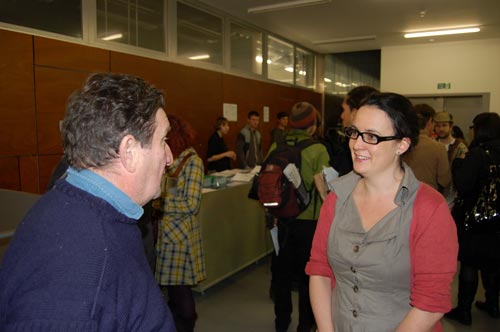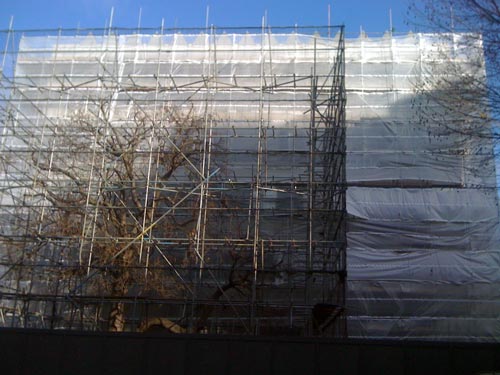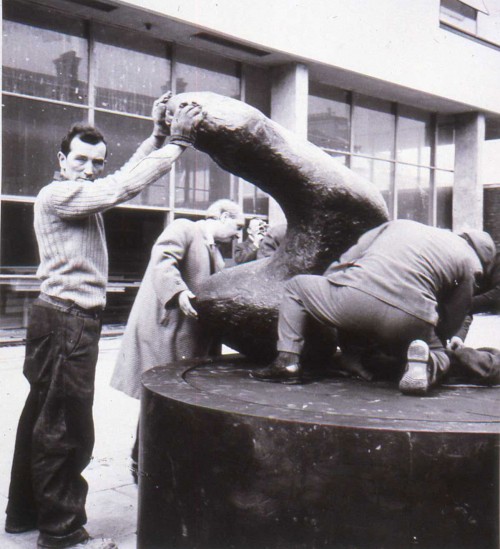Art School Educated? Your Country Needs You (but no-one needs the art school in Manresa Road apparently)
Tags: Art School Educated, Don't Do Any More Henry Moore, Elena Crippa, Henry Moore, Lucy Howarth, Shelagh Cluett: Sculpture 1977 - 1980, Should I Stay Or Should I Go, Vertigo: Marcel Duchamp and Mark Titchner
After Donald Smith included some of his archive photograph’s of Chelsea School of Art’s Manresa Road building in CHELSEA space #32 Don’t Do Any More Henry Moore he was approached by Lucy Howarth, a researcher from Tate, to be interviewed about his time at the school for an ambitious Tate Research project entitled ‘Art School Educated’: Curriculum Development and Institutional Change in UK Art Schools 1960 - 2000.
The project (http://www.tate.org.uk/research/tateresearch/majorprojects/art-education.htm) aims to present for the first time a comprehensive overview and history of art schools in the UK and involves researchers such as Lucy collating archives and conducting interviews with staff and students past and present from art schools across the country. By coincidence, Elena Crippa from RUN, who curated Should I Stay Or Should I Go at CHELSEA space, is also working on the ‘Art School Educated’ project as part of her PhD research.
If you studied or taught in a UK art school and feel that you have something to contribute to ‘Art School Educated’: Curriculum Development and Institutional Change in UK Art Schools 1960 - 2000′ then please contact Lucy at [email protected]
It was certainly ironic that, at the same moment Donald had been encouraged to wax about his time at Chelsea, the fate of the purpose built art school in Manresa Road had finally been sealed and the demolition had begun. The school, whose alumni included Shelagh Cluett, Anish Kapoor, Chris Ofili, and Moriko Mori amongst many many more, was designed and built by the London County Council architecture department and was completed between 1963/4.
A brand new art school presented brand new opportunities and the first Head of School, the late Sir Lawrence Gowing, took full advantage of the moment. Amongst his many opportunities and achievements he was able to create a new library from scratch and created special collections including the purchase of a set of Rotoreliefs from Marcel Duchamp’s studio (see CHELSEA space #13 Vertigo: Marcel Duchamp and Mark Titchner), not to mention his acquisition of the bronze sculpture Two Part Reclining Figure 1959 from Sir Henry Moore which became the subject for CHELSEA space # 32 Don’t Do any More Henry Moore. The school was altered and adapted over 40 years reflecting the changing face of art school and studio practices and finally closed its doors when Chelsea College of Art and Design brought its four sites onto one with the opening of the new campus next to Tate Britain at Millbank on January 17th 2005.






